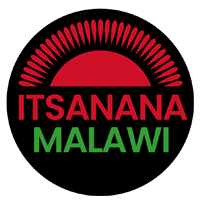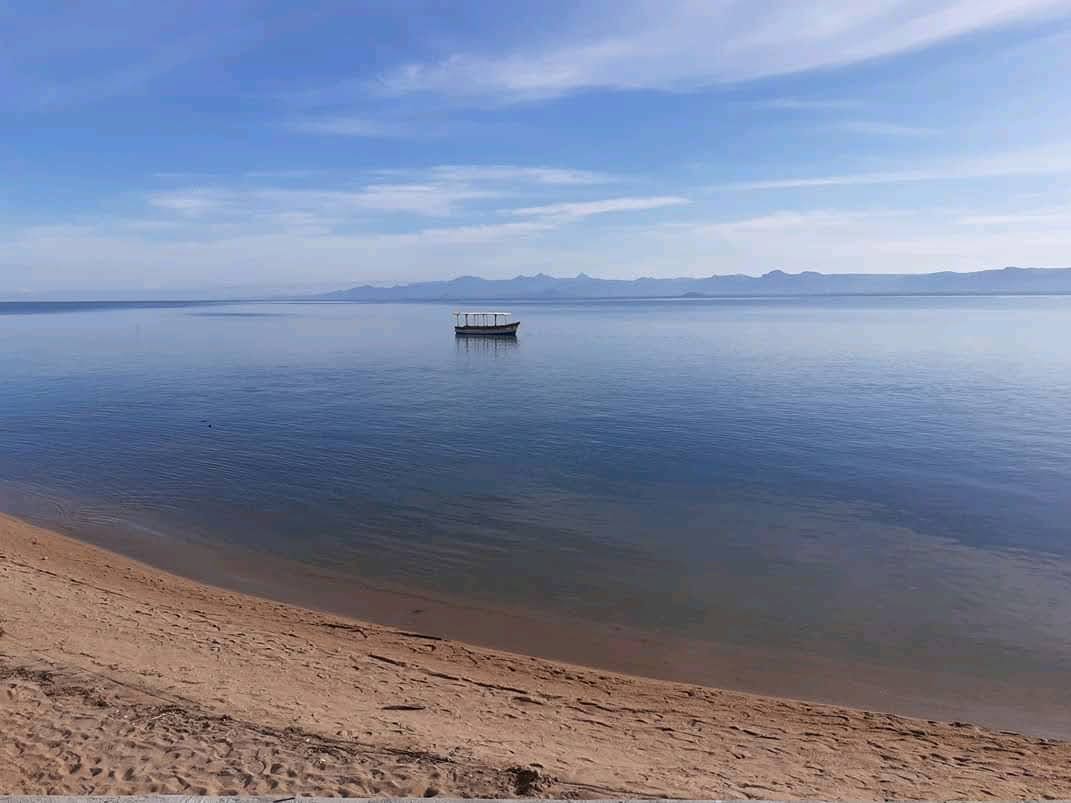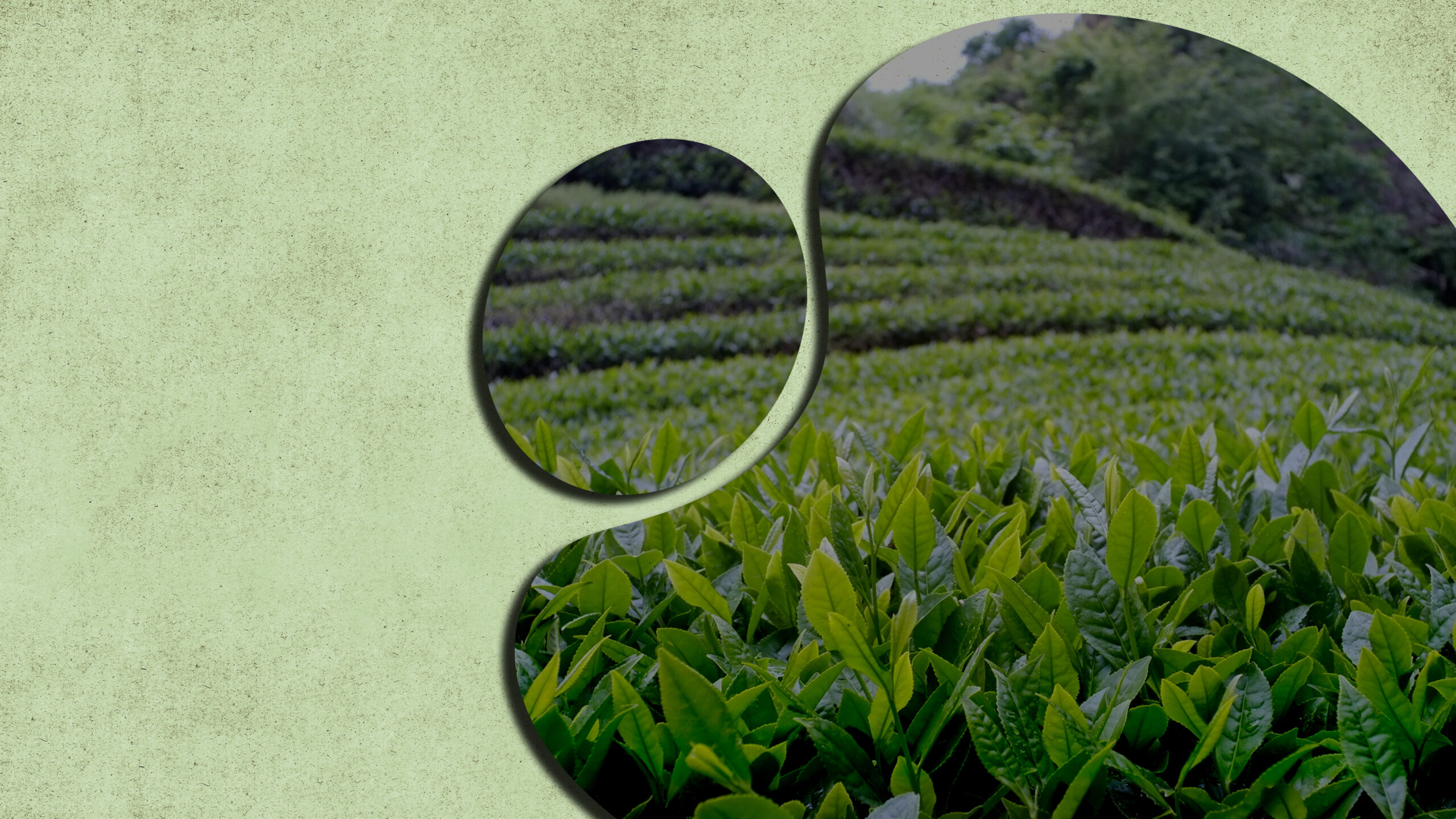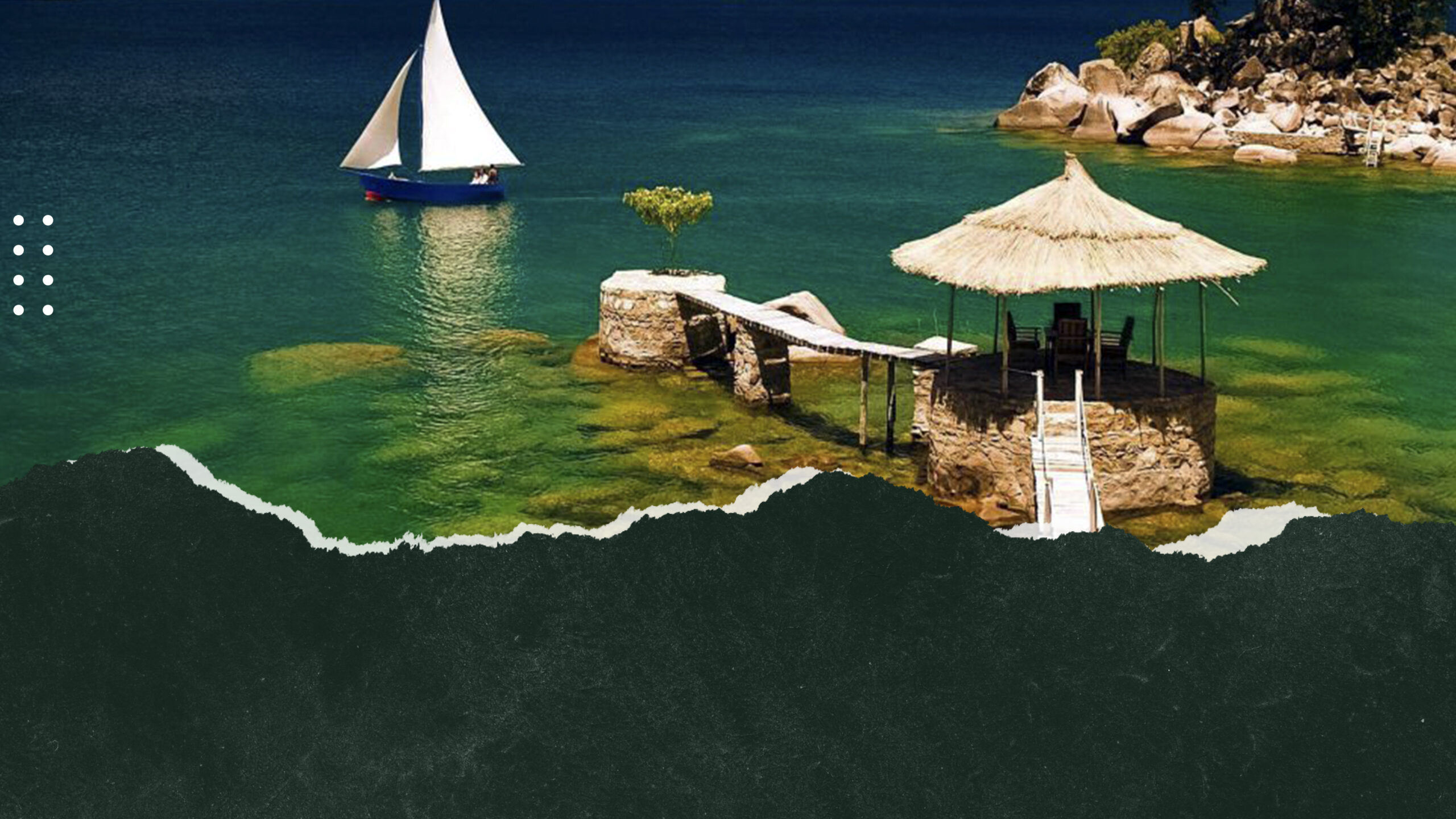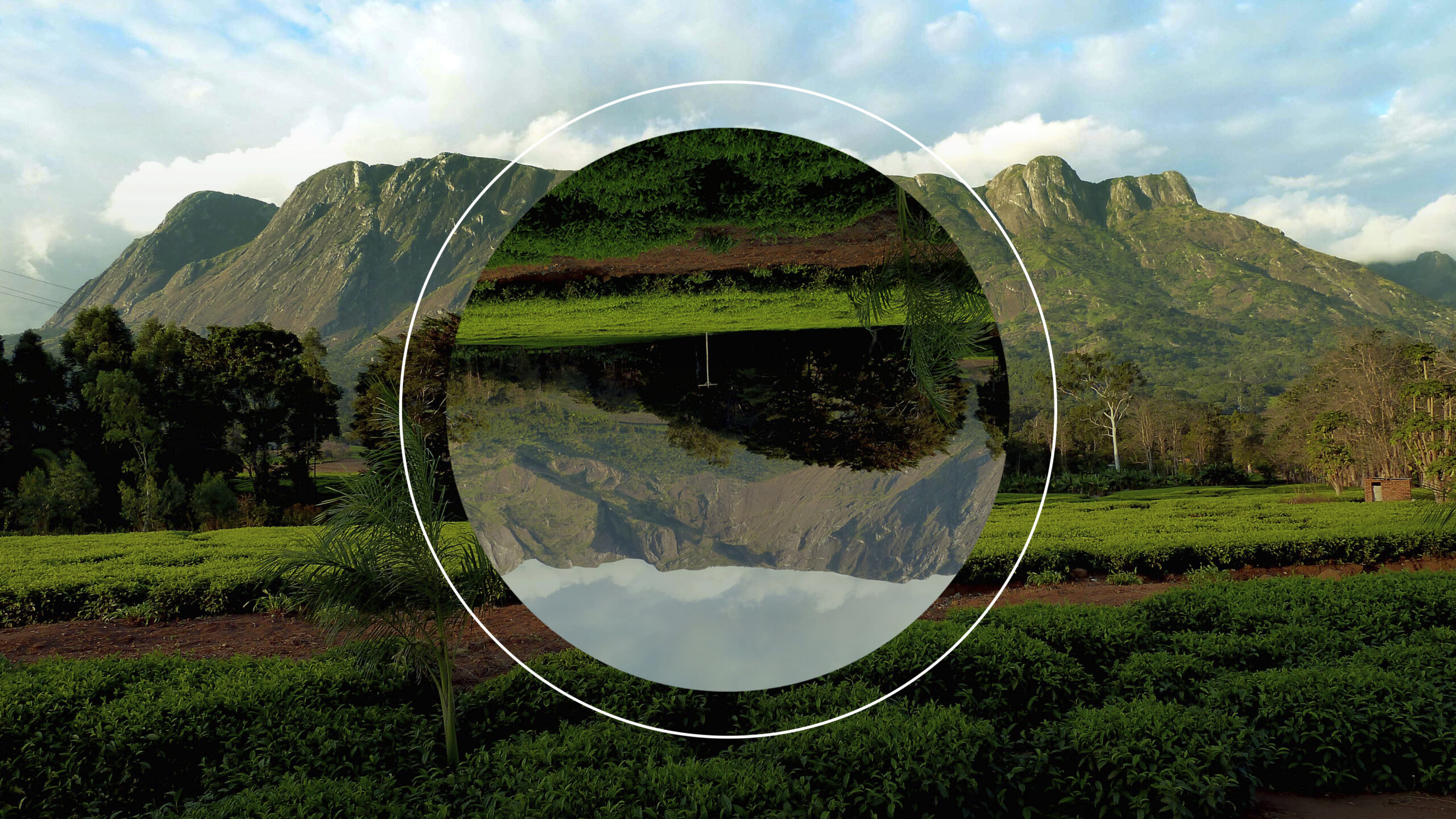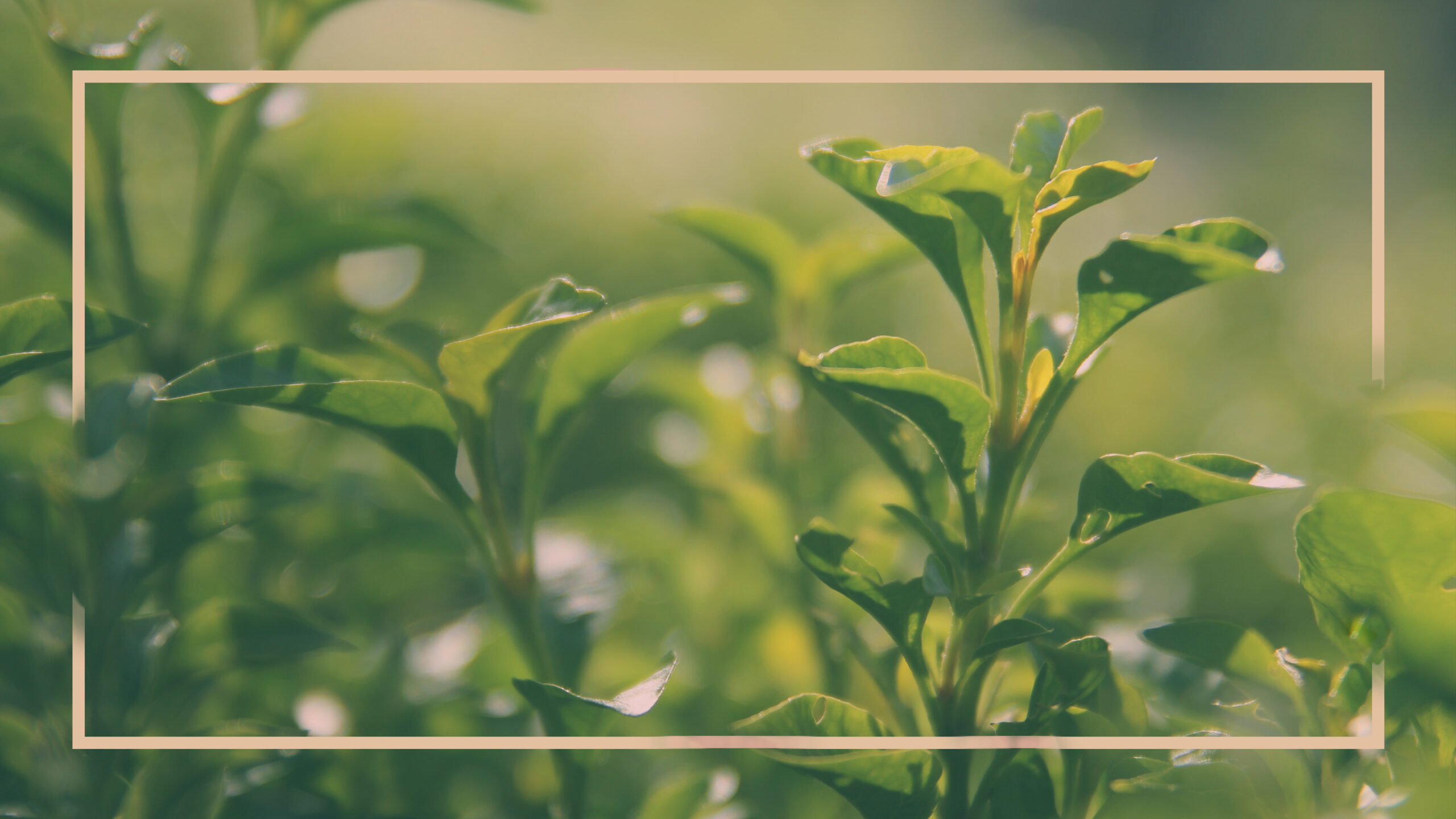SEE & DO- LAKE CHILWA
Lake Chilwa is the second largest and most southerly of Malawi’s major lakes, measuring approximately 650 square kilometres. Chilwa is surrounded by flat plains and isolated hills. About a century ago Lake Chilwa covered 1,750 square kilometres, its shores extending close to the bases of Mulanje and Zomba mountains. Chilwa is very shallow with no known outlet as a result a drought in 1968 caused it to dry up altogether, whilst the same was again seen in 1995-96.
The northern half of the lake is now fringed by a vast area of swampy vegetation dominated by a species of cattail, Typha domingensis, while alkaline mud deposits are found along the southernmost part. The drainage basin, with abundant production of rice, tobacco, groundnut and other crops, supports a population of about 400,000 people. Fishery is extensively carried on in the lake with an annual catch of some 20,000 tons.

The main perennial rivers which drain into Lake Chilwa, within Malawi, from north to south are:
Domase, Naizi, Likangala, Thondwe, Namazi, Phalombe and Sombani. Both perennial and seasonally influent rivers carry a high suspended load during the rainy season, which contribute to the greyish and turbid nature of Lake Chilwa.
Lake Chilwa annually supports about 153 species of resident and 30 species of palearctic (migratory) waterbirds respectively. The varied habitats of Lake Chilwa wetland provide food, shelter and breeding areas for the waterfowl. To date, the lake has about 23 species which attain the Ramsar criterion of 1% level of individuals per population. Among the species that score highest, are Pinkbacked Pelican Pelecanus rufescens (13%), Blackheaded Heron Ardea melanocephala (39%), Grey-headed Gull Larus cirrocephalus (38%), African Skimmer Rynchops flavirostris (26%) and Marsh Owl Asio capensis (18%). The most abundant species include: Fulvous Whistling Duck Dendrocygna bicolor, Black Crane Amaurornis flavirostra, Lesser Moorhen Gallinula angulata, Allen’s or Lesser Gallinule Gallinula alleni, and Great Snipe Gallinago media, with numbers ranging from 27,000 to 130,000. The total waterfowl population of Lake Chilwa is estimated at a conservative figure of about 354,000. The socio-economically useful land use practices of Lake Chilwa include: fishing, agriculture (wetland rice cultivation, dimba cultivation, irrigated rice cultivation and livestock) and human settlements. Lake Chilwa annually contributes about 25-30% of total fish production in Malawi.

Getting There
The easiest way to visit Lake Chilwa is to make advance arrangements to do a day trip with the Wildlife & Environment Society of Malawi (WESM) by contacting them by emailing wesm-za@sdnp.org.mw and Tel: (+265) (1) 525558 / 526212.
A local guide from Khanda village will normally be the one to take you around. Ensure you leave early to have a fulfilling bird watch. Boat trips are around MK900 per person. During the rainy season it would be worth while having a pair of gumboots and an umbrella due to the mud that may arise.
If driving ensure you have a 4×4, drive along the D221 east of Liwonde Town, then (at Nsarama) turning left onto the dirt road T393 to Mphonde village, 8km from the Mozambican border.
An interesting and challenging travel route would be to hop abroard one of the large motorized boats and service the villages on and around the Lake from Kachulu and get off on the Mozambican side at Sombe.
